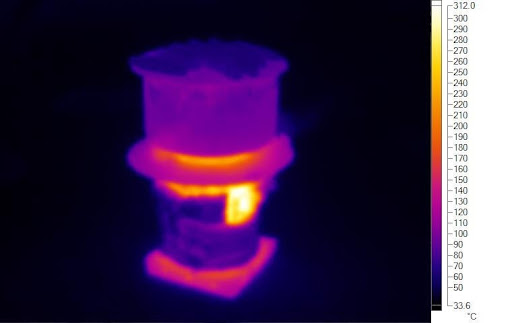
Conventional stoves are used by many in the rural area which has very low (around 15%) thermal efficiency. They also produce harmful gaseous and particulate emissions which are not good for the environment and human health. Improved cookstoves are remarkable as they reduced fuel needs by around 50%, toxic smoke by 95%, and black carbon emission by 91%. A 3.5 kWth natural draft cookstove was developed based on the inverted downdraft gasification principle, which is having two air ducts. Downward air duct (primary duct) is helpful to convert solid biomass to gaseous fuel (rich in CO+H2) and this gas is burnt with the presence of air from the upper air duct (secondary duct). This stove can operate with any carbonaceous fuel (fuel flexible). This stove can be used for drying and electricity generation (Peltier generator) purposes too. Dr. Darshit S Upadhyay and Prof. Shebaz Memon from the Department of Mechanical Engineering has developed the working model of an improved cookstove, which was funded by Nirma University.